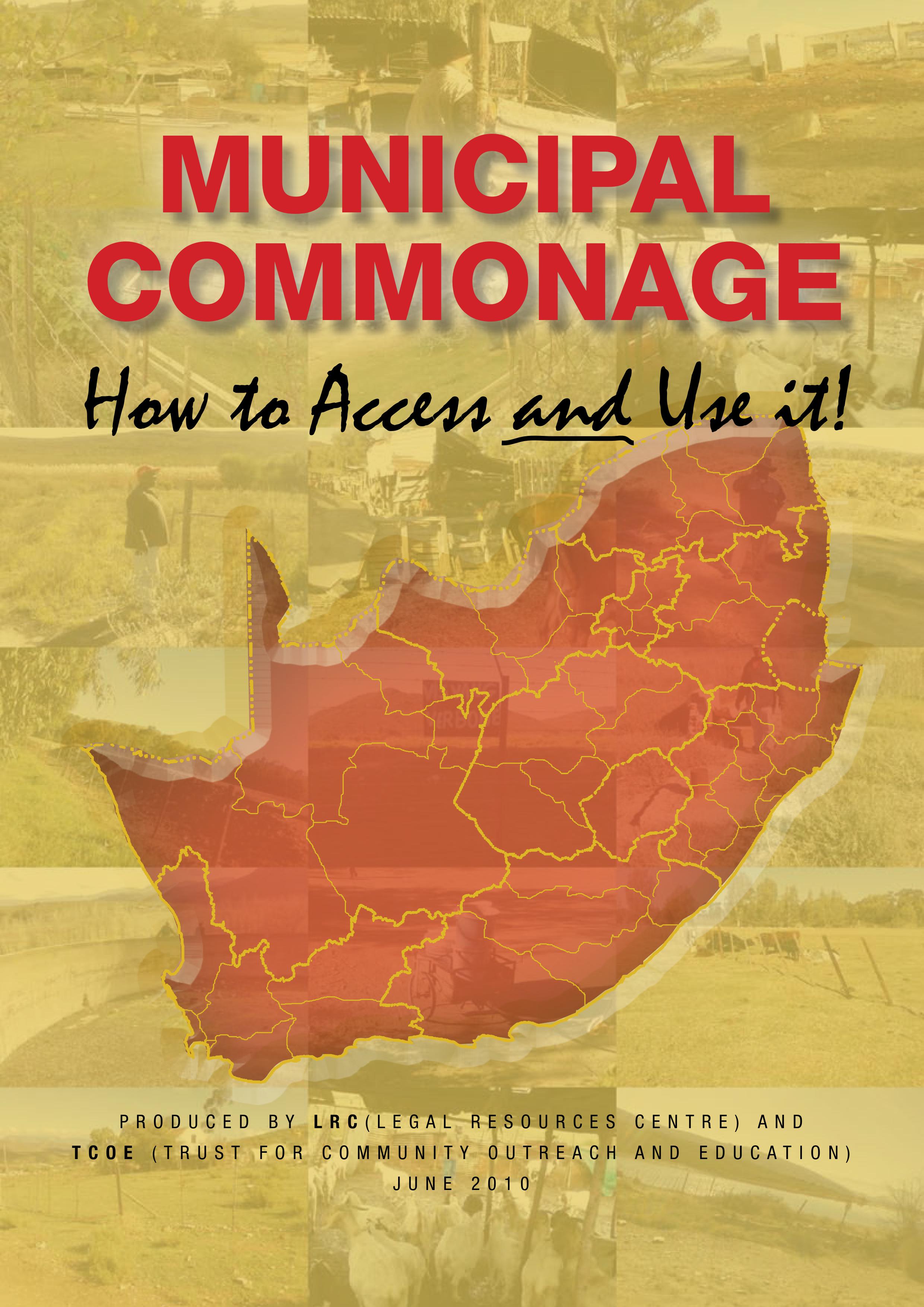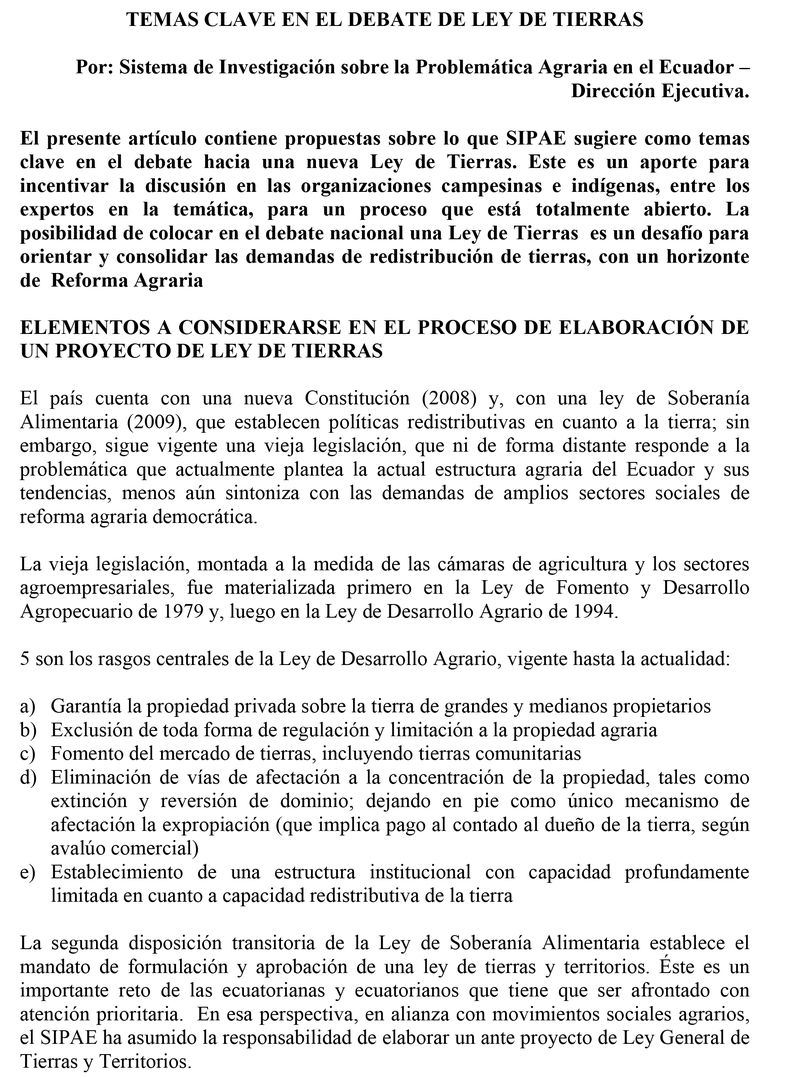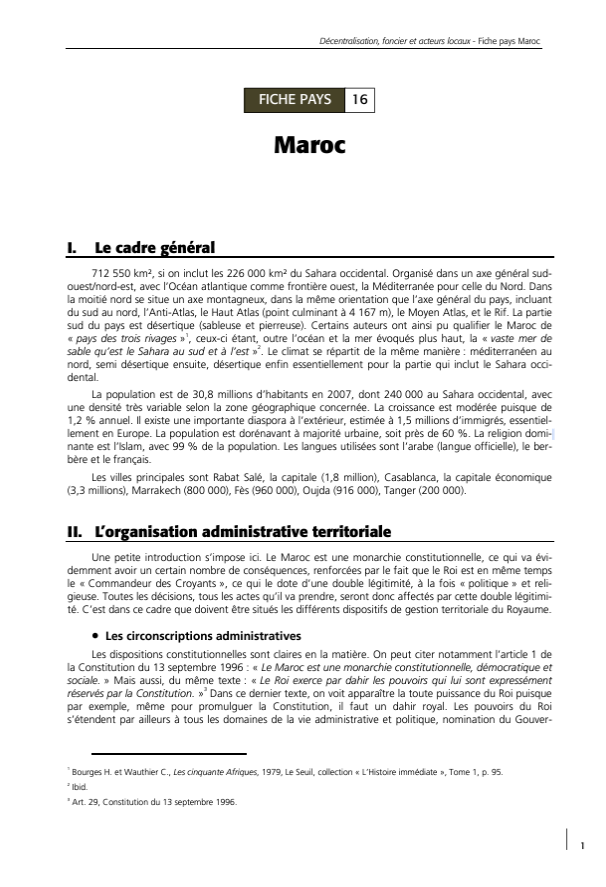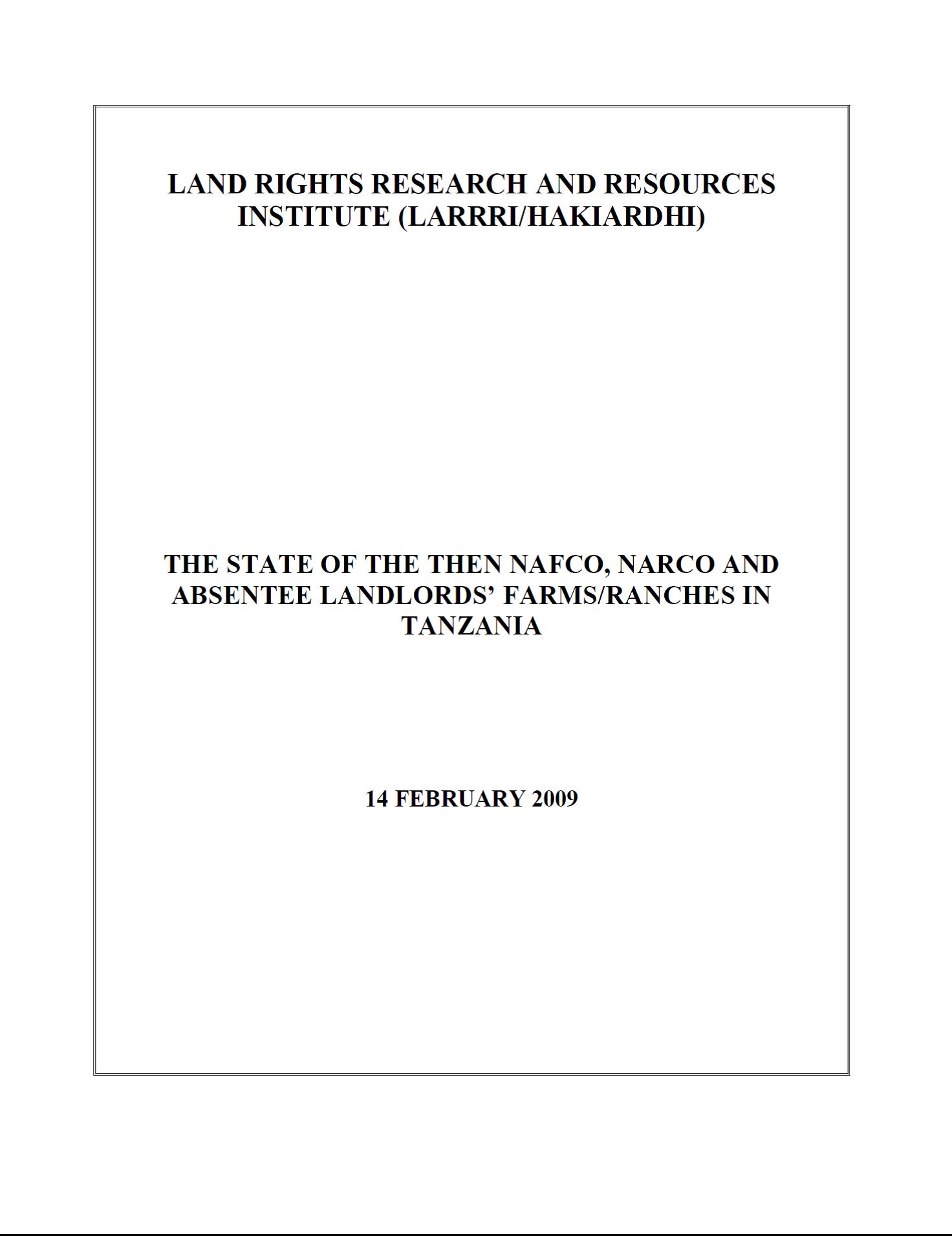Different approaches to the social vision of communal land management: the case of Galicia (Spain)
Communal forests, or Montes Veciñais en Man Común (MVMC), are a specific form of communal land tenure and a singular legal category in Galicia. The growing demographic decline in rural areas and, particularly, in inner areas of Galicia has led to a decrease in the economic interest of forest resources. The complexity of the different management modes or levels of organization of forest communities cannot be explained through a homogeneous interpretation.










